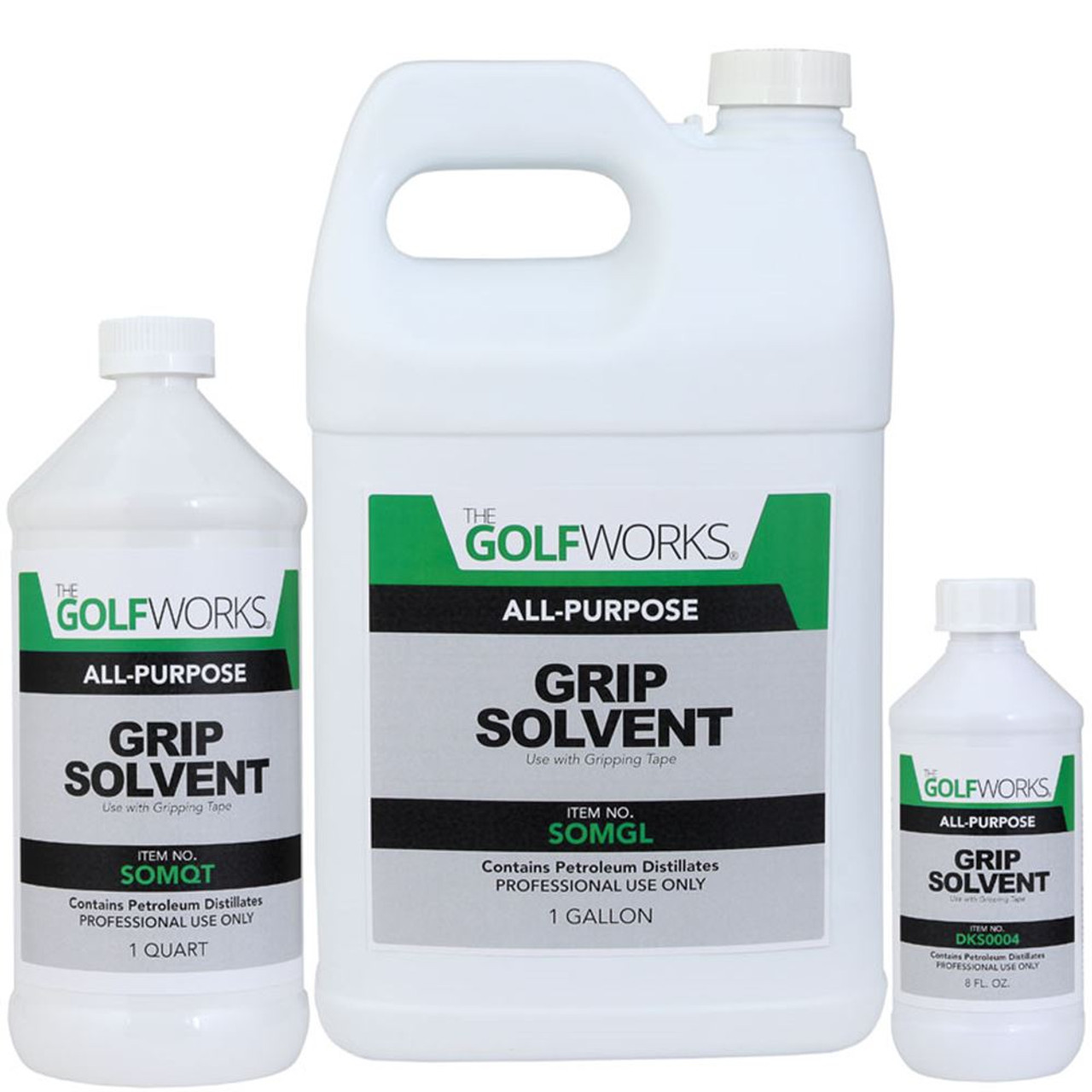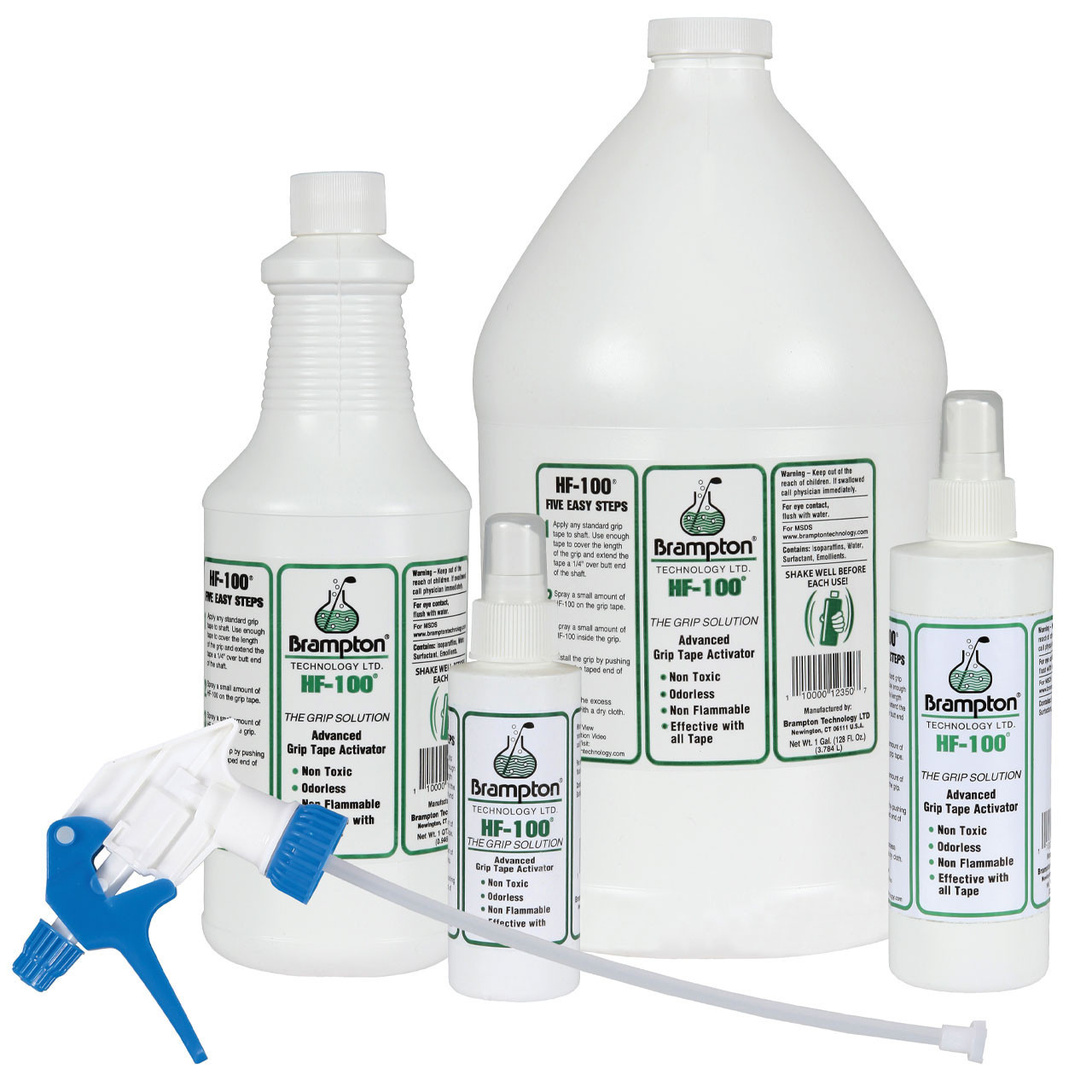What Is Grip Solvent Made Of

The acrid smell of grip solvent hangs heavy in the air, a familiar scent to golfers, mechanics, and hobbyists alike. But behind that pervasive odor lies a complex chemical cocktail, the precise composition of which is often shrouded in proprietary secrecy. Understanding what goes into grip solvent, and the potential hazards it poses, is crucial for both safety and environmental responsibility.
This article delves into the composition of grip solvent, examining its key ingredients, potential health effects, and environmental impact. We'll explore the chemical makeup of these solvents, focusing on the most common components and the variations found across different brands. We will also explore alternatives to traditionally toxic chemicals that people are using today.
What's in Grip Solvent?
Grip solvents are typically mixtures of volatile organic compounds (VOCs) designed to temporarily dissolve or weaken the adhesive holding a grip in place. The exact formulations vary between manufacturers, making a definitive list challenging.
However, some common ingredients consistently appear in grip solvent products. These include aliphatic hydrocarbons, naphtha, and occasionally ketones or esters.
Aliphatic Hydrocarbons: The Backbone
Aliphatic hydrocarbons are the most prevalent ingredient in many grip solvents. These are derived from petroleum and are valued for their ability to dissolve adhesives effectively. Examples include hexane, heptane, and mineral spirits, each offering varying levels of solvency and evaporation rates.
The choice of specific aliphatic hydrocarbon often depends on the desired drying time and the type of adhesive being targeted. Heptane, for example, is known for its relatively quick evaporation rate, making it a popular choice for applications where speed is essential.
Naphtha: A Powerful Solvent
Naphtha is another common component, known for its powerful solvency properties. It's a broad term encompassing various flammable liquid mixtures of hydrocarbons derived from crude oil.
Naphtha can be effective at dissolving stubborn adhesives, but it also presents significant health and safety risks due to its volatility and potential toxicity. Exposure can lead to respiratory irritation, neurological effects, and skin damage.
Other Additives: Fine-Tuning Performance
Beyond the primary solvents, grip solvent formulations often include additives designed to enhance performance or modify properties. These might include small amounts of ketones (like acetone) or esters, added to boost solvency or improve drying times.
Fragrances are sometimes added to mask the harsh odor of the solvents, but these can also contribute to VOC emissions and potentially trigger allergic reactions. Stabilizers may be included to prevent degradation of the solvent over time.
The Health and Environmental Impact
The ingredients in grip solvent, while effective, pose potential risks to both human health and the environment. Understanding these risks is crucial for safe handling and responsible disposal.
VOCs contribute to smog formation and can have detrimental effects on air quality. Prolonged or repeated exposure to high concentrations of grip solvent vapors can lead to headaches, dizziness, nausea, and respiratory irritation.
Furthermore, some components like naphtha are suspected carcinogens, raising concerns about long-term health effects with repeated exposure. Skin contact can cause irritation, dryness, and dermatitis.
Environmental Concerns
Grip solvent spills can contaminate soil and water resources, posing risks to aquatic life and potentially entering the food chain. The volatile nature of the solvents means they readily evaporate into the atmosphere, contributing to air pollution.
Proper disposal of used grip solvent is essential to minimize environmental impact. Pouring it down the drain or simply discarding it in the trash is unacceptable. It should be treated as hazardous waste and disposed of according to local regulations.
Safer Alternatives and Best Practices
Recognizing the hazards associated with traditional grip solvents, many manufacturers and users are exploring safer alternatives and adopting best practices for handling these chemicals.
Some companies are developing water-based grip solutions that utilize biodegradable or less toxic solvents. These alternatives aim to reduce VOC emissions and minimize potential health risks. Many users are also using mineral spirits instead of more dangerous chemicals.
Best Practices for Safe Handling
Regardless of the type of grip solvent used, proper handling is crucial. Always work in a well-ventilated area to minimize exposure to vapors. Wear appropriate personal protective equipment (PPE), including gloves and eye protection, to prevent skin and eye contact.
Store grip solvent in a tightly sealed container in a cool, dry place away from heat, sparks, and open flames. Never smoke or eat while handling grip solvent.
The Future of Grip Solvents
The future of grip solvents will likely be shaped by increasing environmental regulations and growing awareness of health and safety concerns. The demand for safer, more sustainable alternatives is expected to drive innovation in the industry.
Research and development efforts are focused on identifying and formulating grip solutions that are both effective and environmentally friendly. This includes exploring bio-based solvents derived from renewable resources.
As consumers become more environmentally conscious, the market for eco-friendly grip solvents is likely to expand, incentivizing manufacturers to invest in these technologies. The long-term goal is to find a balance between performance, safety, and environmental responsibility.


















